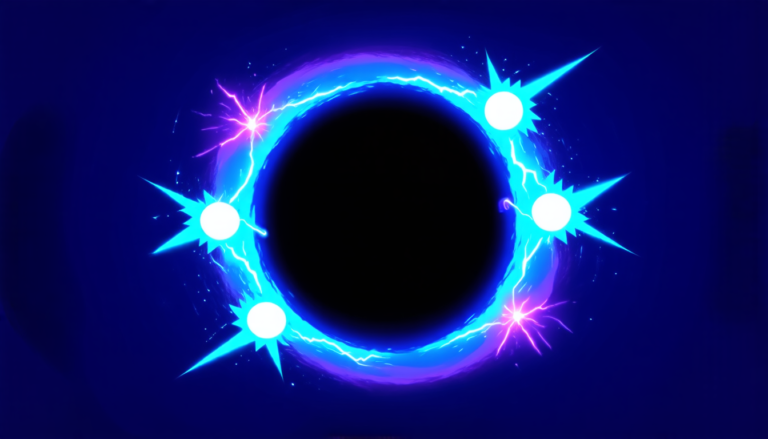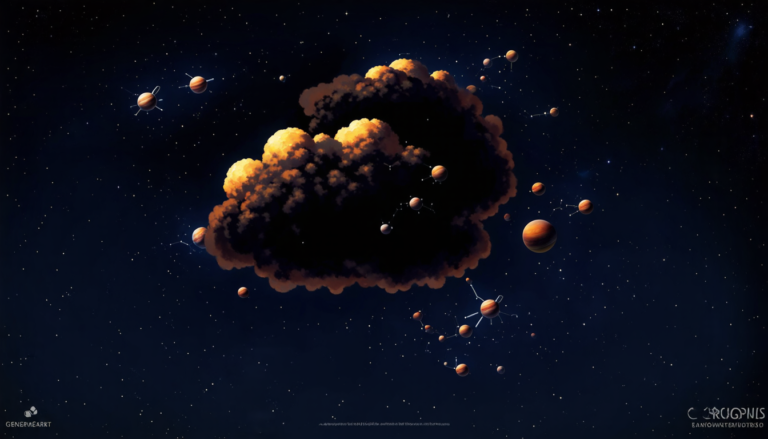Monday 15 September 2025
The study of particle collisions has long been a fascinating area of research, and recent advances have shed new light on the behavior of charged particles generated in these high-energy interactions.
Researchers have used the AMPT model to simulate the collision of xenon ions at an energy equivalent to that of the Large Hadron Collider. This simulation allows them to study the scaling behavior of multiplicity fluctuations, which is a key indicator of the dynamics of particle production.
The researchers found that the normalized factorial moments (Fq) of the particle distributions exhibit a linear power-law growth with increasing phase space resolution. This behavior is known as intermittency, and it is a hallmark of complex systems undergoing a transition from one state to another.
The team also determined the anomalous fractal dimension Dq, which characterizes the self-similarity of the particle emission spectra. They found that this dimension depends on the order of the moment (q) and the transverse momentum bin width (∆pT).
One of the most intriguing findings was the dependence of the intermittency index φq on the transverse momentum bin width ∆pT. This suggests that the dynamics of particle production are influenced by the degree to which particles are correlated in both space and time.
The study also highlights the importance of understanding the phase transition that occurs during high-energy collisions. By studying the behavior of charged particles, researchers can gain insight into the fundamental forces at play and the nature of matter itself.
In addition, this research has implications for our understanding of complex systems in general. The scaling behavior observed in these particle distributions is similar to that seen in other complex systems, such as turbulence or financial markets. This suggests that the principles underlying these phenomena may be more universal than previously thought.
The results of this study demonstrate the power of advanced computer simulations in uncovering new insights into the fundamental nature of matter and energy. As researchers continue to push the boundaries of what is possible with these simulations, we can expect many more exciting discoveries about the behavior of particles at the highest energies.
Cite this article: “Unraveling the Dynamics of Particle Production in High-Energy Collisions”, The Science Archive, 2025.
Particle Collisions, High-Energy Interactions, Ampt Model, Large Hadron Collider, Multiplicity Fluctuations, Intermittency, Fractal Dimension, Transverse Momentum, Phase Transition, Complex Systems.







